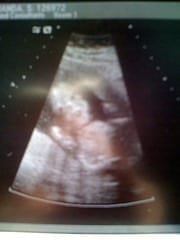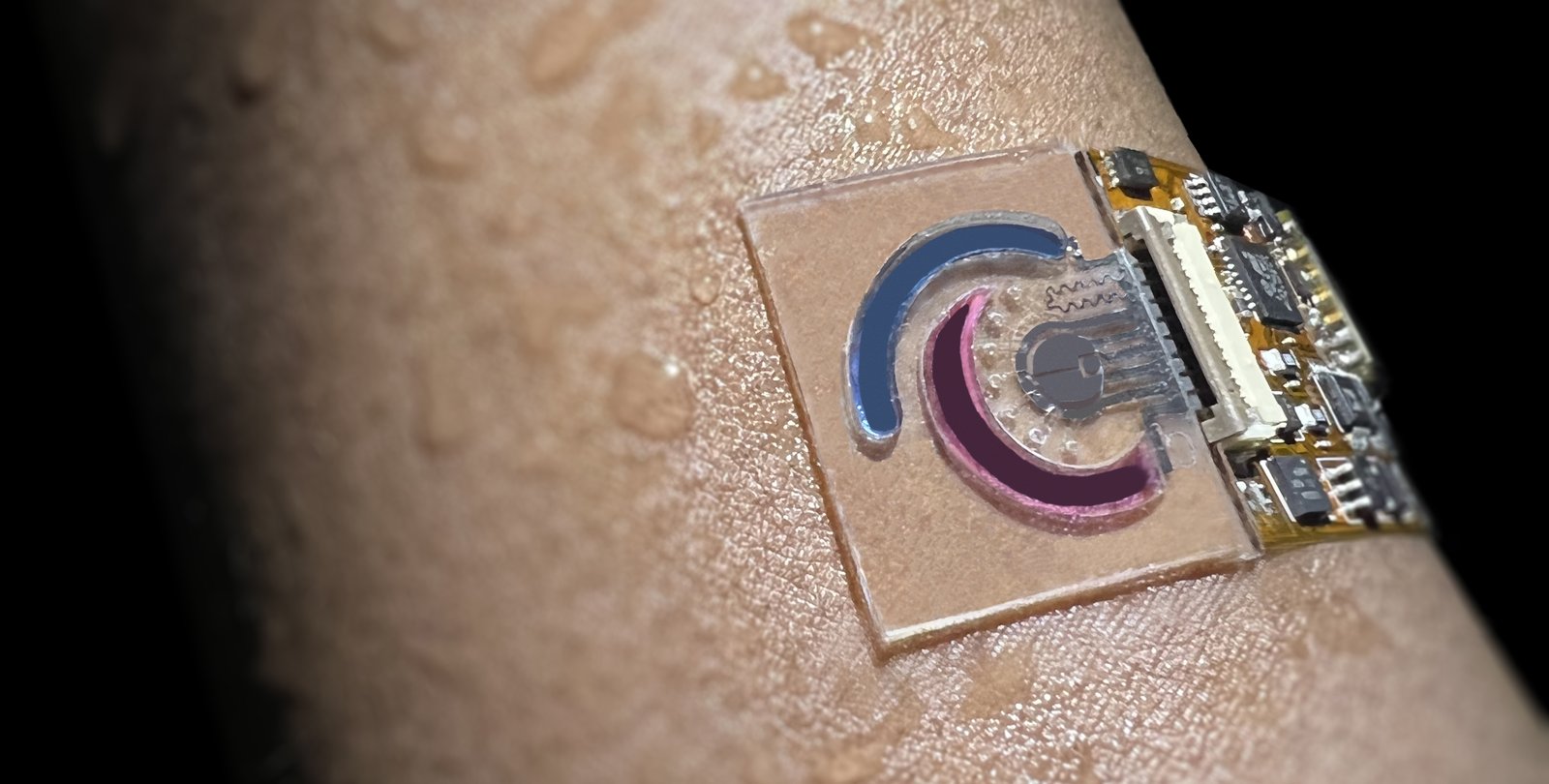Can be manufactured for as little as £30-40
An ultra-low cost scanner that can be plugged into any computer to show images of an unborn baby has been developed by Newcastle University engineers.
The hand-held USB device – which is roughly the size of a computer mouse – works in a similar way to existing ultrasound scanners, using pulses of high frequency sound to build up a picture of the unborn child on the computer screen.
However, unlike the technology used in most hospitals across the UK costing anywhere from £20,000-£100,000, the scanner created by Jeff Neasham and Research Associate Dave Graham at Newcastle University can be manufactured for as little as £30-40.
Tested by experts in the Regional Medical Physics Department at the Freeman Hospital, part of the Newcastle upon Tyne Hospitals NHS Foundation Trust, the scanner produces an output power that is 10-100 times lower than conventional hospital ultrasounds.
It is now hoped the device will be used to provide medical teams working in the world’s poorest nations with basic, antenatal information that could save the lives of hundreds of thousands of women and children.
“Here in the UK we take these routine, but potentially lifesaving, tests for granted,” explains Mr Neasham, a sonar expert based in the University’s School of Electrical and Electronic Engineering.
“Imaging to obtain even the simplest information such as the child’s position in the womb or how it is developing is simply not available to women in many parts of the world.
“We hope the very low cost of this device and the fact that it can run on any standard computer made in the last 10 years means basic antenatal imaging could finally be made available to all women.”
Mr Neasham said the original aim had been to make something portable and easy to use that would be affordable in developing countries as well as for some applications in the UK where ultrasound is still considered cost prohibitive.
“Cost was the key,” he explains. “The goal was to produce a device that could be produced for a similar cost to the hand-held Doppler devices (foetal heart monitors) used by most community midwives. Not an easy task when you consider a £20,000 scanner is generally classed as low cost.”
An expert in underwater sonar technology, Mr Neasham has developed systems for imaging the seabed – looking for ship wrecks or specific geographical features – as well as underwater communications and tracking systems.
Drawing on his expertise in sonar signal processing, the design keeps components and hardware costs to an absolute minimum, and works by manually sweeping a transducer over the skin while a focussed image is formed by the PC software.
via Newcastle University
The Latest Streaming News: Ultrasound imaging updated minute-by-minute
Bookmark this page and come back often
Latest NEWS
Latest VIDEO









